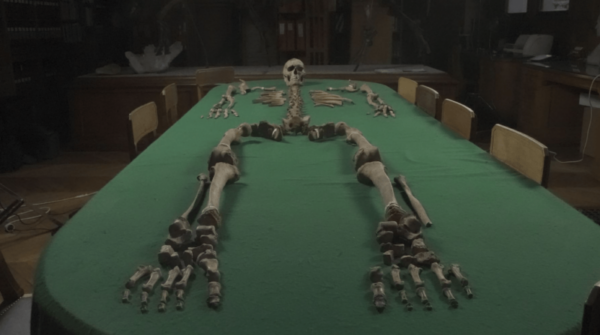
A new article on exogamic practices of hunter-gatherers, by Simões et al. (2024) was published in PNAS, Anthropology.
Significance
Since the early Holocene, western and central Europe was inhabited by a genetically distinct group of hunter-gatherers. We generated different types of biomolecular data, including deep coverage complete genome sequencing, from human skeletal remains buried in the iconic sites of Téviec and Hoedic in Brittany, representing some of the last hunter-gatherers of western Europe.
The data show that these last foragers were part of a network of people who maintained exogamic practices. These socio-cultural dynamics contributed to avoiding inbreeding. Some of the forager individuals overlapped in time with the arrival of Neolithic farmers to neighboring regions. However, we did not find any farmer-associated ancestry in the analyzed hunter-gatherers and the mate-exchanging networks appear to be exclusive for the foraging group.

